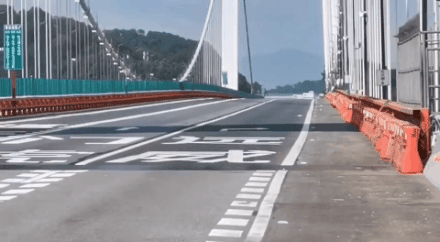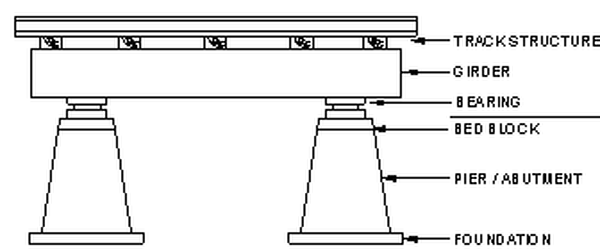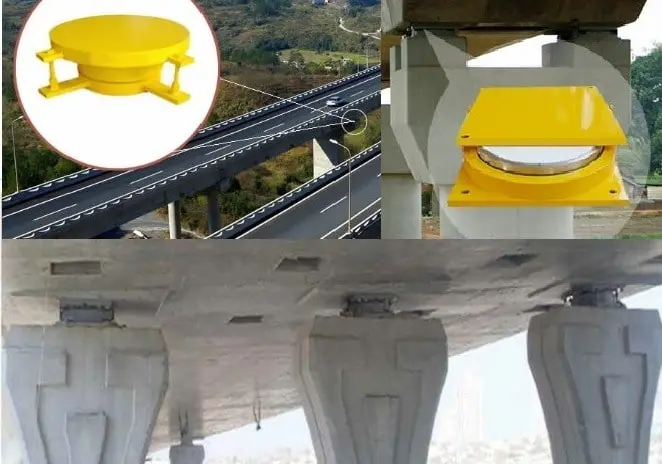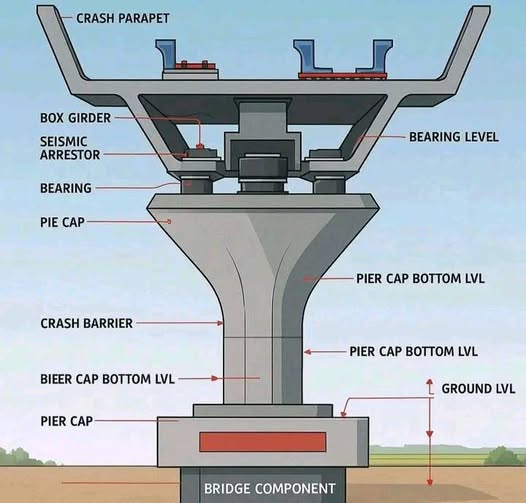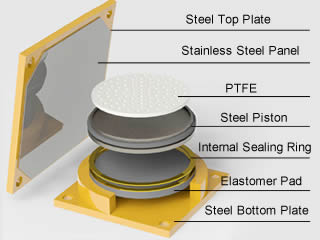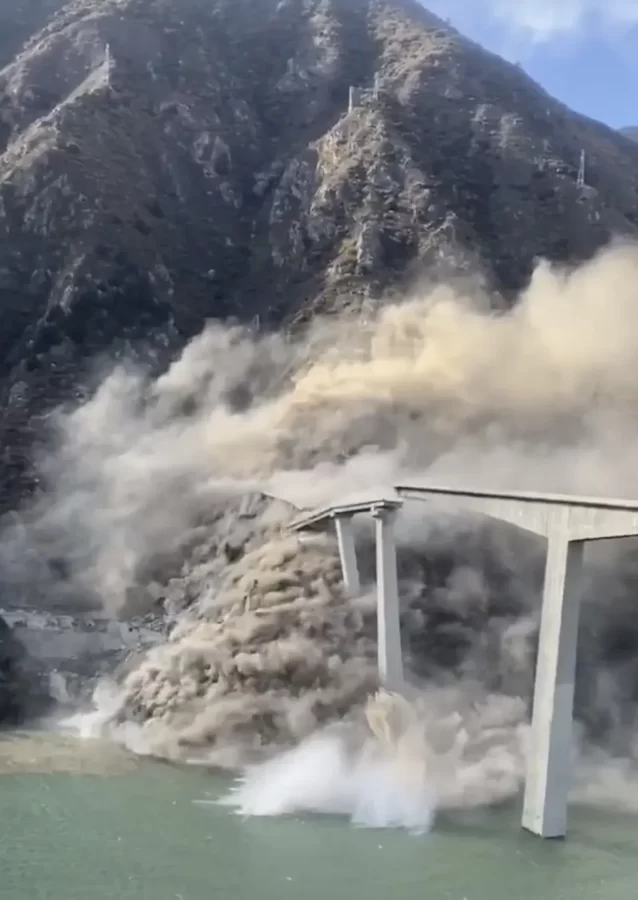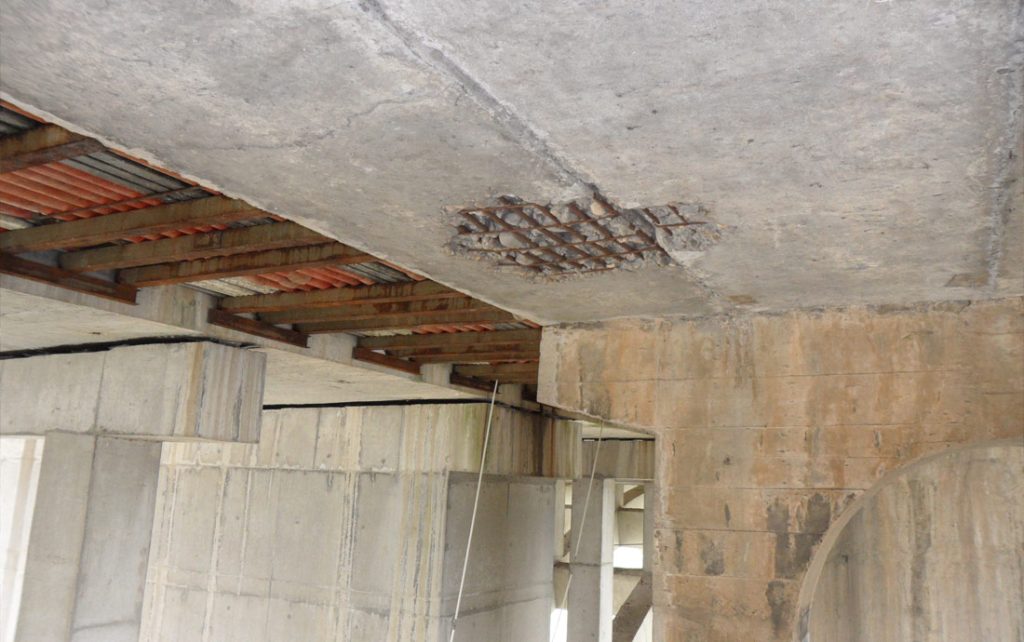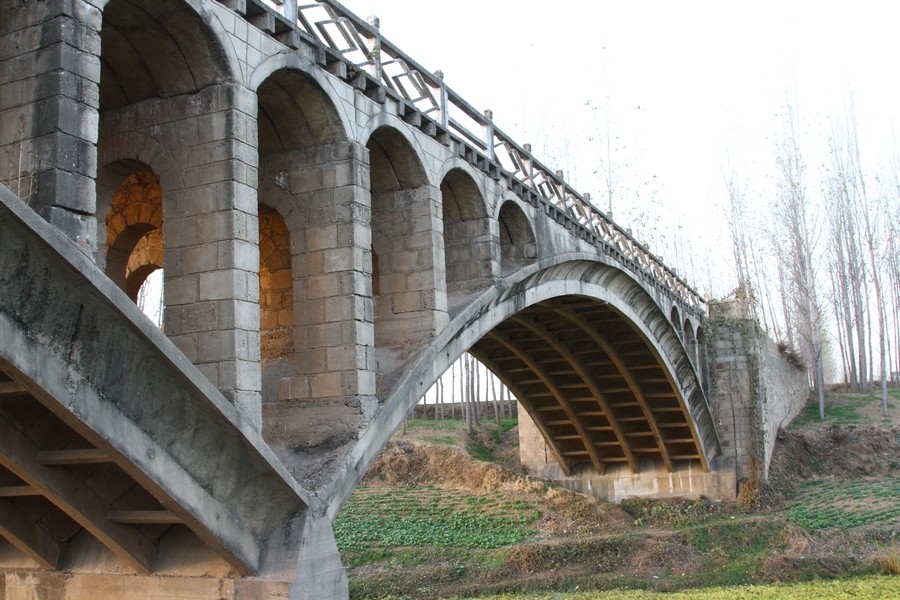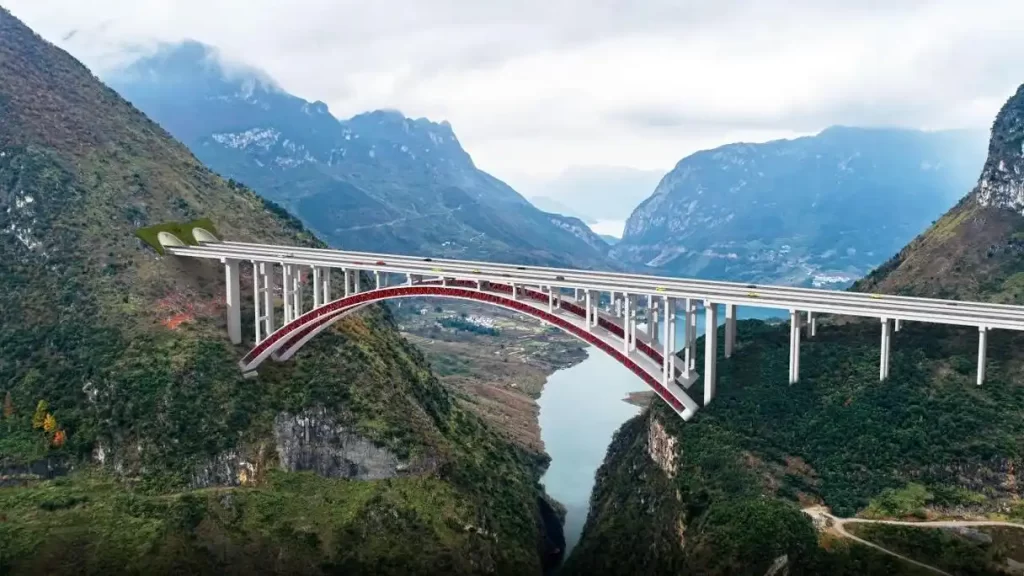River bridges are vital transportation links connecting both sides of rivers, playing a crucial role in mobility and regional economic stability. However, every flood season, bridge collapses caused by extreme flooding occur worldwide.
In July 2024, a bridge in Shaanxi Province, China, collapsed due to flash flooding, causing 25 vehicles to plunge into the river and resulting in 62 deaths and missing persons, with direct economic losses exceeding 150 million RMB (source).
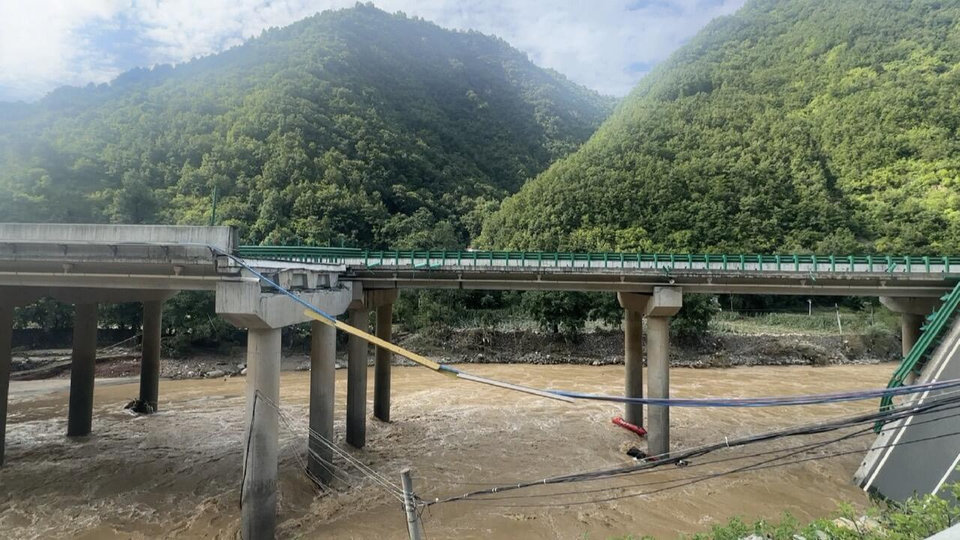
In September 2024, Hanoi, Vietnam, was hit by a typhoon and torrential rainfall that triggered severe flooding, leading to the collapse of a bridge and the loss of multiple lives when a public bus was swept away (source).
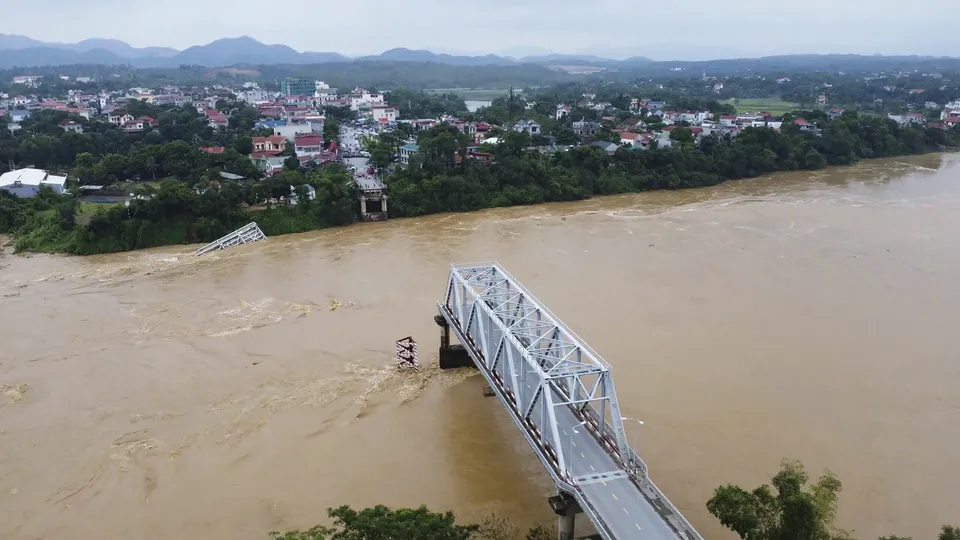
Similarly, in June 2024, a railway bridge connecting North Sioux City, South Dakota, and Sioux City, Iowa (USA) collapsed into the Big Sioux River amid historic floods (source).
These incidents across different regions have resulted in devastating casualties and property loss, revealing the vulnerability of river bridges to flood disasters. A thorough understanding of the underlying causes and the establishment of scientific flood protection systems have become urgent needs to ensure the safety of global transportation infrastructure.
1. Core Causes of Flood-Induced Bridge Collapse
Flood damage to river bridges is rarely the result of a single factor. Instead, it arises from a combination of hydraulic forces, geological instability, and structural weaknesses. Based on global case studies and international research, the causes of collapse can be classified into three main categories:
(1) Hydraulic Impact, Debris Accumulation, and the “Backwater Effect”: Breaking the Structural Limit
The physical impact of floodwaters is the primary trigger of bridge collapse, often accompanied by debris accumulation and backwater effects.
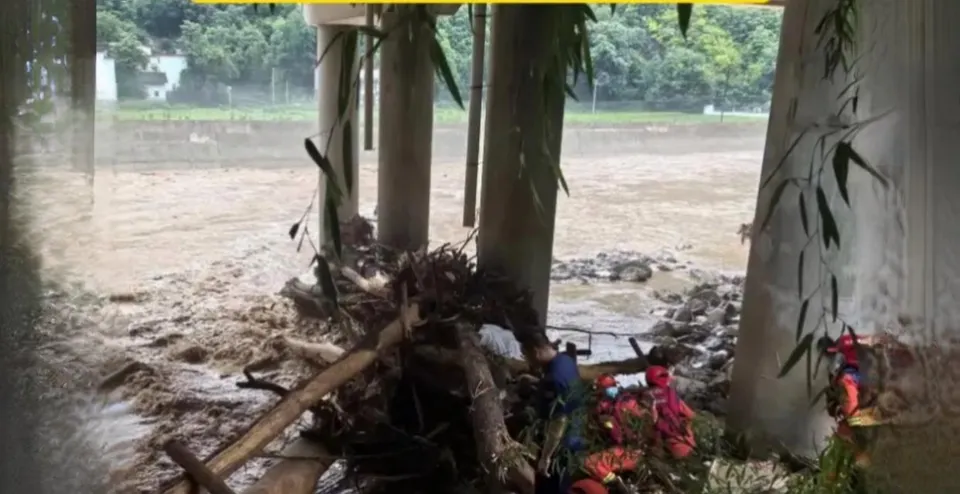
For instance, the Daning Expressway Bridge collapse investigation in Shaanxi revealed that continuous torrential rain in July 2024 triggered basin-wide flooding. Floodwaters carried large debris such as logs and rocks, forming a severe blockage around Pier No. 10. As water levels rose, the combined hydraulic pressure and debris thrust far exceeded the bridge’s design load capacity, eventually breaking the pile foundation and causing the collapse of the second bridge span.
Similar patterns appear globally: floodwaters carrying large objects (trees, vehicles, building debris) can directly impact piers and decks, while smaller debris accumulates to form massive debris clusters that generate persistent lateral pressure.
This accumulation restricts flow and creates a backwater effect, dramatically increasing local flow velocity and water level. The resulting scour force on the foundation can be three to five times stronger, exceeding the resistance of bridges designed under standard flood conditions.
(2) Scour Effects and Geological Instability: Undermining the Foundation
In global bridge engineering, scour is recognized as one of the leading causes of bridge failure during floods. Scour refers to the erosion of riverbed soil beneath the piers and abutments caused by high-velocity flow, gradually exposing foundations and reducing load-bearing capacity.
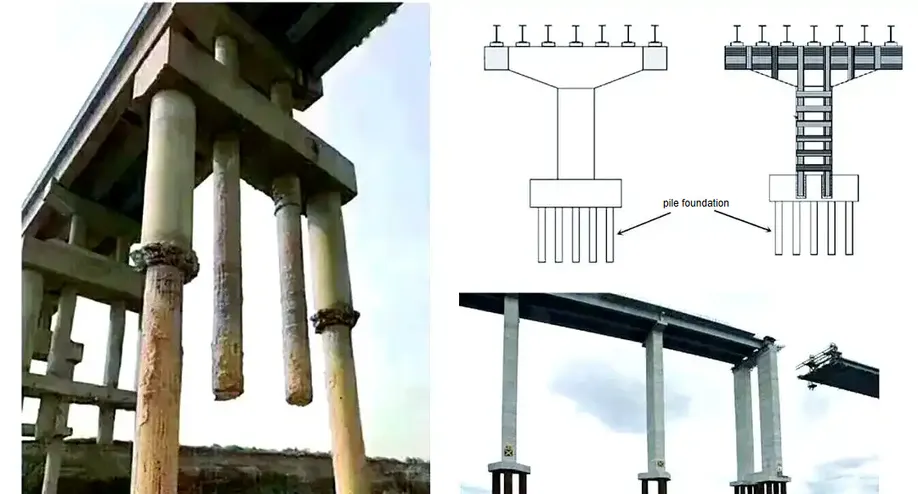
The severity of scour increases with structural density. In multi-pier bridges, each pier acts as a scour initiation point, weakening multiple foundations simultaneously. Closely spaced piers also amplify flow blockage, causing debris entrapment and accelerating erosion.
Additionally, floods often trigger secondary geological disasters, such as slope failure and landslides. In mountainous regions like Shaanxi, flash floods erode riverbanks, causing slope collapse that compresses or loosens the soil around pile foundations. The combination of flood-induced scour and landslide pressure creates a compound risk that accelerates structural instability.
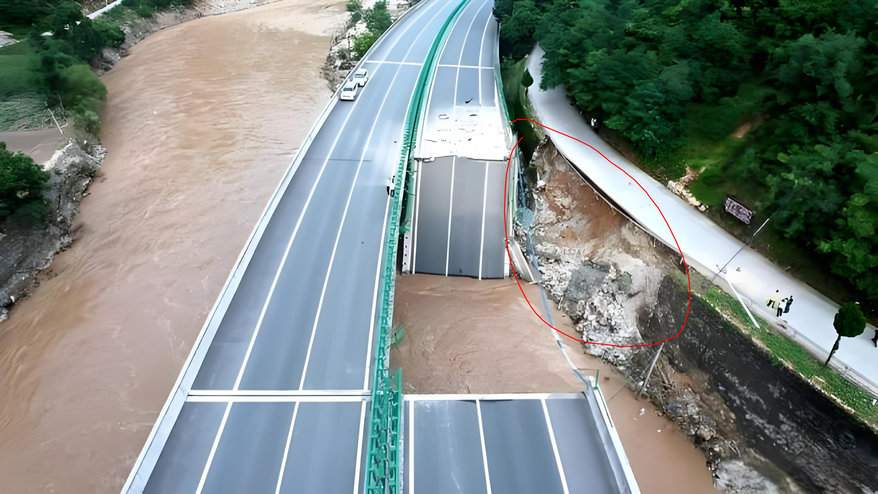
(3) Design, Construction, and Management Deficiencies: Amplifying Flood Risk
Beyond natural forces, human errors in design, construction, and maintenance can greatly increase collapse risk:
- Design flaws: Many bridges are built to a “100-year flood” standard without considering extreme flood events. For example, the Daning Expressway Bridge lacked debris interception structures and anti-scour reinforcements. Some bridges use dense substructures that obstruct flow and trap debris.
- Construction violations: The Daning investigation revealed illegal subcontracting, quality control failures, and falsified testing. Inadequate concrete strength in pile foundations led to cracking under flood impact. Similarly, in Vietnam’s Ca Mau Province, a bridge under construction collapsed when Pier No. 7 sank due to inaccurate geological surveys and unstable riverbed conditions.
- Poor flood management: Many operators lack real-time flood monitoring or pre-flood inspection protocols. Without “bridge-hydrology” linked monitoring systems, they miss early warnings and response opportunities. Unremoved obstructions in the river channel further increase debris accumulation during floods.
2. Flood Disaster Prevention and Protection Strategies for River Bridges
To mitigate flood-induced collapses, both international best practices and domestic engineering experience point toward a multi-layered prevention system across design, construction, monitoring, and maintenance stages.
(1) Design Upgrades: Building Flood-Resilient and Scour-Resistant Bridges
Design is the first and most critical defense line against flood damage.
- Raise design standards by incorporating “super flood” scenarios, with additional freeboard above historical flood levels to prevent deck submersion and debris impact.
- Optimize bridge form by adopting clear-span or large-span designs that minimize the number of piers in water, reducing both scour and debris blockage. Where piers are necessary, use streamlined shapes and minimize substructure density to lower flow resistance.
- Implement anti-scour and anti-impact measures, such as stone aprons, concrete mats, or geogrid stabilization around foundations, and debris interception systems (e.g., floating barriers or steel cables) upstream of bridges.
(2) Construction Control: Ensuring Foundation Strength and Structural Integrity
Flood resilience depends on construction quality:
- Strengthen foundation depth and stability by embedding piles into stable bedrock or non-erodible strata and reinforcing soils with grouting around foundations in sandy riverbeds.
- Ensure material quality through continuous testing of concrete strength and steel reinforcement.
- Protect abutments and riverbanks using geotextiles, vegetation, or riprap to prevent soil erosion and safeguard approach embankments from flood damage.
(3) Monitoring and Maintenance: Early Warning Through Smart Systems
Bridge operators should combine real-time intelligent monitoring with regular manual inspection:
- Install scour and flow sensors to track riverbed elevation and flow velocity in real time.
- Deploy video surveillance and hydrological sensors to detect debris accumulation and trigger early warnings.
- Conduct pre-flood inspections to assess pier integrity and post-flood assessments to repair damage before it worsens.
- Establish bridge-hydrology-meteorology data sharing systems for coordinated early warning and response based on flood alerts.
(4) Rehabilitation of Aging Bridges: Eliminating Hidden Dangers
Old bridges built under outdated design standards should be prioritized for structural rehabilitation.
Reinforcement methods include additional pile installation, foundation strengthening, and pier redesign. For bridges at severe risk or beyond repair, demolition and reconstruction are more cost-effective in the long term than post-collapse recovery.
3. Conclusion
Flood-induced bridge collapses are the combined result of natural hazards and human shortcomings. Every incident serves as a painful reminder that bridge safety leaves no room for negligence.
By integrating global best practices — strengthening design standards, ensuring construction quality, enhancing real-time monitoring, and modernizing aging infrastructure — we can significantly improve the flood resilience of river bridges.
Only when the principle of safety-by-design is embedded throughout a bridge’s entire life cycle can river bridges truly transform from fragile links into resilient lifelines, standing firm even under the harshest floods.
If you are looking for a professional drone bridge inspection solution, RieboTech can provide an integrated service covering everything from flight platform selection and data acquisition to AI defect detection and digital twin management. Contact us today to make your bridge maintenance safer and more efficient.
